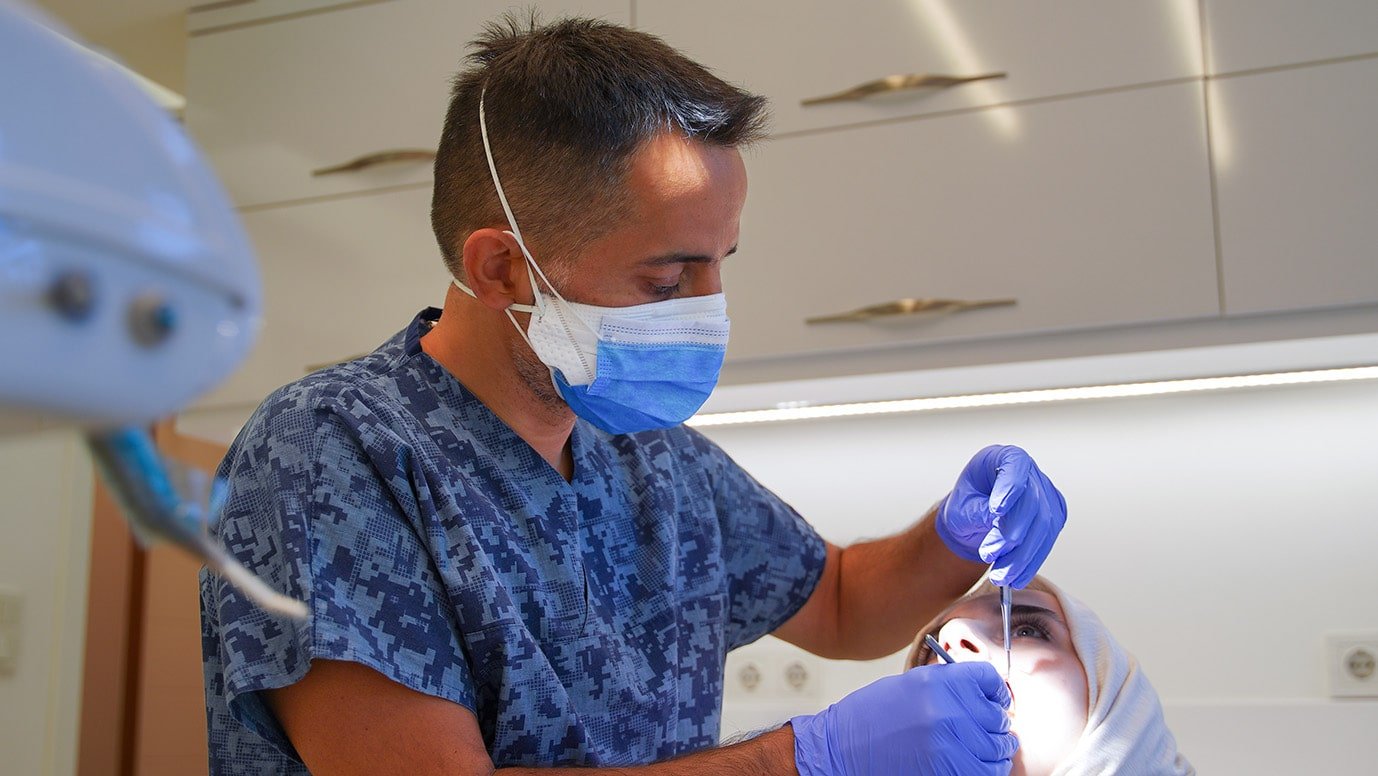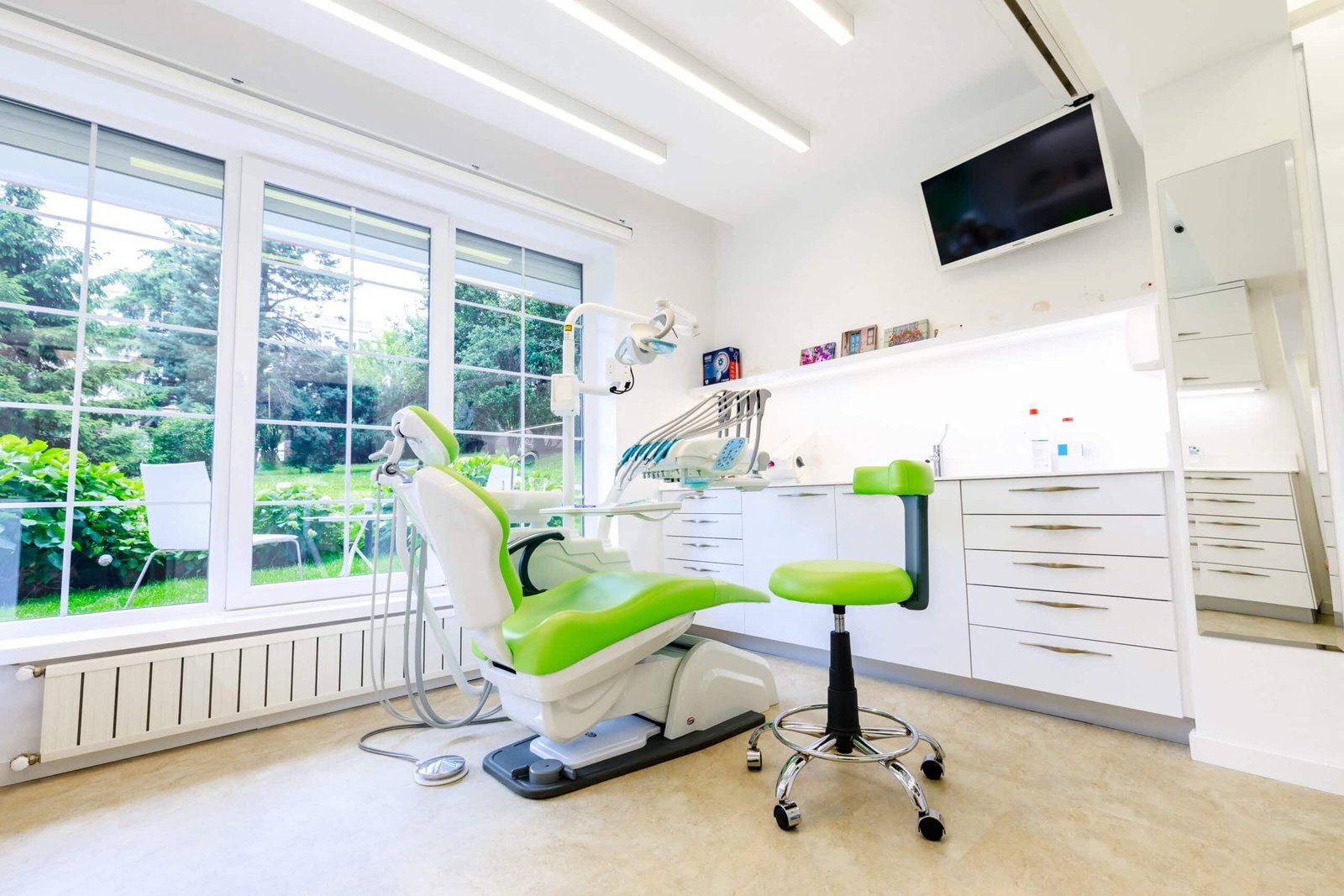Smile Design


How Does Smile Design Process Work?
First of all, it is very important to understand the aesthetic expectations of the patient correctly and to determine the needs correctly in smile design. Problems are determined and plans are made on the models prepared by the measurements taken from the patient’s mouth.
Afterwards, measurements are made using special programs in the computer environment with intraoral and facial photographs of the patients and the fit to the face shape is calculated. The most approximate images that will occur after the treatment are presented to the patient with programs and temporary restorations prepared in accordance with the original in the patient’s mouth and their opinions are taken.

Frequently Asked Questions
Anyone who has aesthetic concerns or wants to make their smile more impressive can have a smile design.
No, if the smile design is applied correctly, it does not harm the teeth or gums.
First of all, existing decayed teeth and gum diseases are treated, tooth cleaning procedures are applied. Afterwards, procedures are determined according to the needs of the patients. These processes are generally; They can be counted as gingival aesthetic interventions (gingivectomy), teeth whitening (bleaching) methods, compensating for tooth deficiencies with implant and prosthesis applications, porcelain laminates and coatings, zirconium coatings and orthodontic treatments (wire treatment).
Smile design prices vary according to the type of material used, the size of the tooth and the position of the tooth. Prices also vary based on the number of teeth treated.
Dentistry prices vary widely. The cost of smile design is determined by the type of materials used, the complexity of the procedure, and the competence of the dentist.
At the same time, the fees of the process vary according to the needs of the person and the desired result. There are differences in pricing depending on what composite is used and how much it is.
For more information about smile design:

